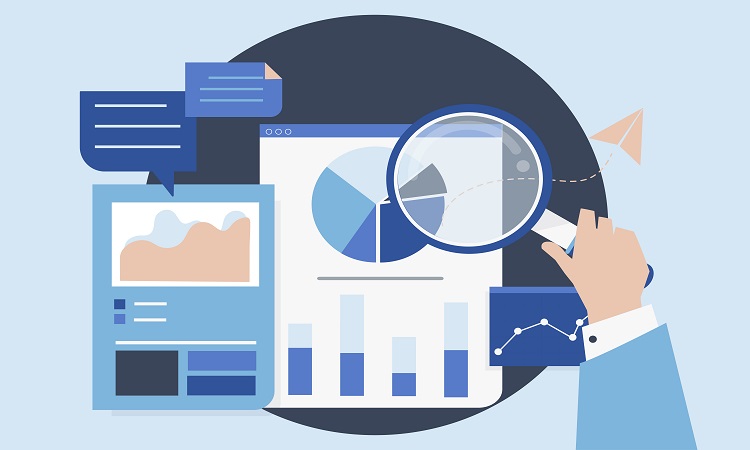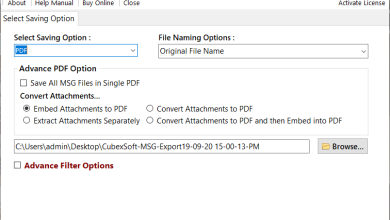A Pocket Guide to Forecasting Sales

Forecasting sales, just like forecasting the weather, is hard. But its rewards are tremendous.
While uncertainty is unavoidable in both acts, the margin for error in forecasting sales can surely be reduced — ideally, minimized.
Here’s a simple guide just to do that.
What is sales forecasting?
Any kind of forecasting is based on the fundamental principle of data-driven decision-making.
Here it goes: collecting as much and as diverse data as possible on the past occurrences of an event and studying it to find patterns in them. Then, making a claim about the future of that event based on the different odds of those patterns.
Since we are dealing with odds, uncertainty is built into the system. Nevertheless, the claims can be highly accurate if the data is of high quality. Hence, the insistence on collecting data not just in magnitude but also breadth.
Sales forecasting is identical in principle. Businesses collect and analyze tones of sales data to find patterns that enable them to make better, more well-informed sales decisions.
The rewards are tremendous because more accurate and well-informed decisions cause businesses to take fewer risks. This is because they —
- Course-correct, keeping sales projections realistic by quickly adapting them to changes in the market
- Can trim budgets accordingly, avoiding unnecessary expenses
- Reallocate resources like cash and inventory where they can be made most of
- Hire better, among other things
So, how does one forecast sales?
A pocket guide to forecasting sales
Pick one sales forecasting method
Depending on your budget and other pertinent factors, pick a single sales forecasting method. Broadly, we can divide them into two: historical guessing and thorough analysis.
Though, in truth, most sales forecasting is a combination of both. In fact, the two are not distinct but represent the two ends of a spectrum.
On one end is historical guessing, which is light on resources but low on forecast accuracy, while on the other is a thorough analysis, the cost, and therefore accuracy, of which directly varies with the thoroughness of the analysis.
Get a CRM
Now, both kinds of analysis require you to store and assess data.
Instead of doing it manually, invest in sales analytics solutions such as a CRM that automates data storage, management, and the entire sales cycle.
Remember that sales forecasting is not just for now, it’s a never-ending process. In the long run, little efficiencies, therefore, can snowball into mind-blowing costs. Save them. Go intelligent.
Historical guessing
The simplest way to forecast sales is simply to make an educated guess.
The word educated, of course, is key here.
Making a completely arbitrary decision is counterproductive to the entire concept of sales forecasting. Instead, when short on resources for research and technology, just refer to the historical data, previous quarterly reports, and weigh it against your present capabilities.
This should give you a fairly good idea as to what is a realistic target.
Of course, here, the margin of error runs the risk of being huge since the analysis is more intuitive than scientific.
Identify relevant factors
Okay, so how do we narrow that margin, bringing it as close to its true value as possible?
By taking our analysis up a notch. Making it more scientific than intuitive.
Like any rigorous analysis, we need data. But before we look for data, we should know what we are looking for.
And hence, we first define our sales process in detail, breaking the funnel down into more and more stages. The more the stages or processes, the more thorough the analysis.
Now that we have defined the process, we can collect data that impacts those stages. It helps to categorize that data as well. So, there are external factors, sourced from
- competitor benchmarking
- market research
- social, cultural, and political experts, and so forth
And there are internal factors, sourced from
- product development
- marketing
- R&D, and so forth
Put together, we have data sourced from a large variety of sources, defined by multiple variables, each affecting each other at every stage of the sales funnel.
Thorough analysis
The purpose of an analysis is to determine the weight or extent of the relationships between the identified factors.
The weight or extent tells us how entwined the factors are, how likely it is that one affects the other. This knowledge, then, informs the forecast.
The scale of analysis, and hence, the accuracy of the forecast, varies with cost. The most successful businesses identify and analyze anywhere from 20 to 120 factors, employing extremely sophisticated technologies to generate splendid forecasts.
Better forecasting leads to better, more cost-effective sales decisions, which bring in more money, which is used to elevate the forecast’s scale further, producing even better decisions, and so on.
Still, uncertainty is built into the system.
Yes, the practice will never be perfect. But on a global scale, even the tiniest margins of error can cause shocking losses.
For businesses that are ambitious and growing, sales forecasting, therefore, is not just a frill, it’s a necessity.





